Description
Organic Honey 1 KG
Introducing Organic Honey by Devbhumi.com – a golden elixir from the heart of the Garhwal Himalayas. Nestled amidst the majestic high altitudes, where nature’s purity reigns supreme due to organic farming in Uttarakhand, this exquisite honey is a tribute to the pristine beauty of the region. Gently collected from the nectar of wildflowers by our skilled local beekeepers, our Organic Honey embodies the essence of the untamed Himalayan landscape. With its distinct flavor and unrivaled quality, every spoonful transports you to the serene mountain meadows where it originates. Indulge in the richness of nature with Devbhumi’s Organic Honey, a true embodiment of devotion to the land and its bounty, all at the best organic honey price 1kg. It’s not just honey; it’s a taste of the Himalayas at its finest, making it undoubtedly the best organic honey in India.

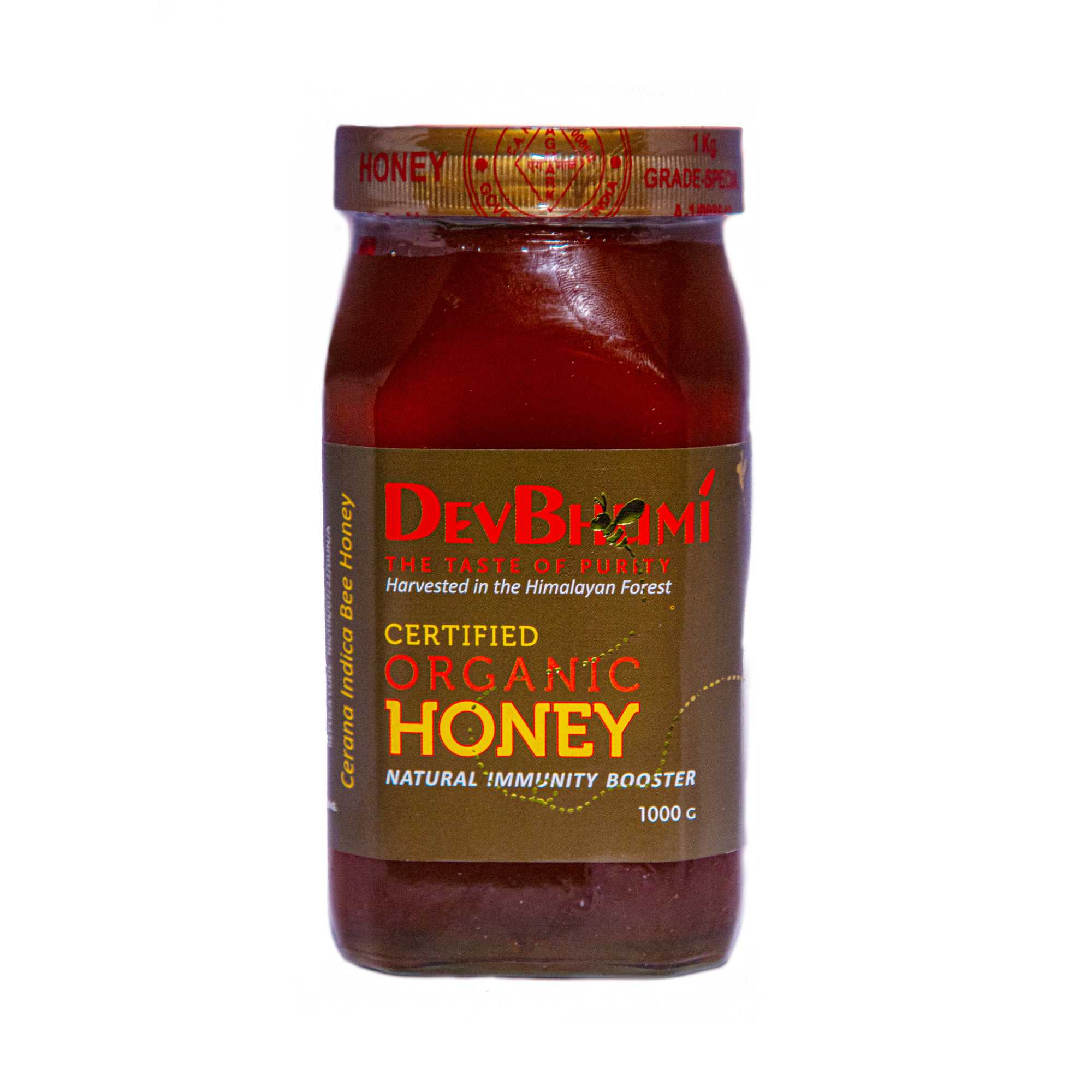
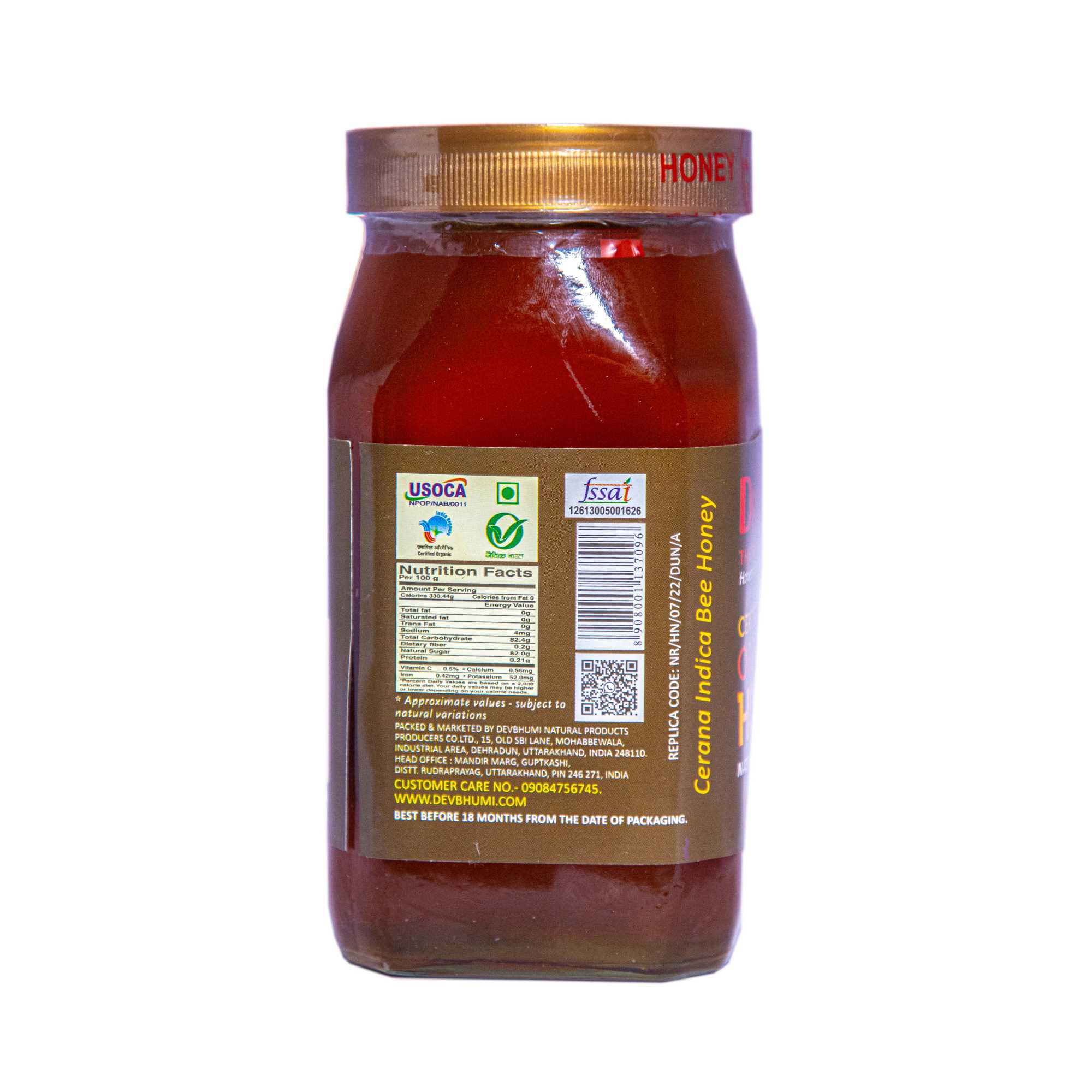
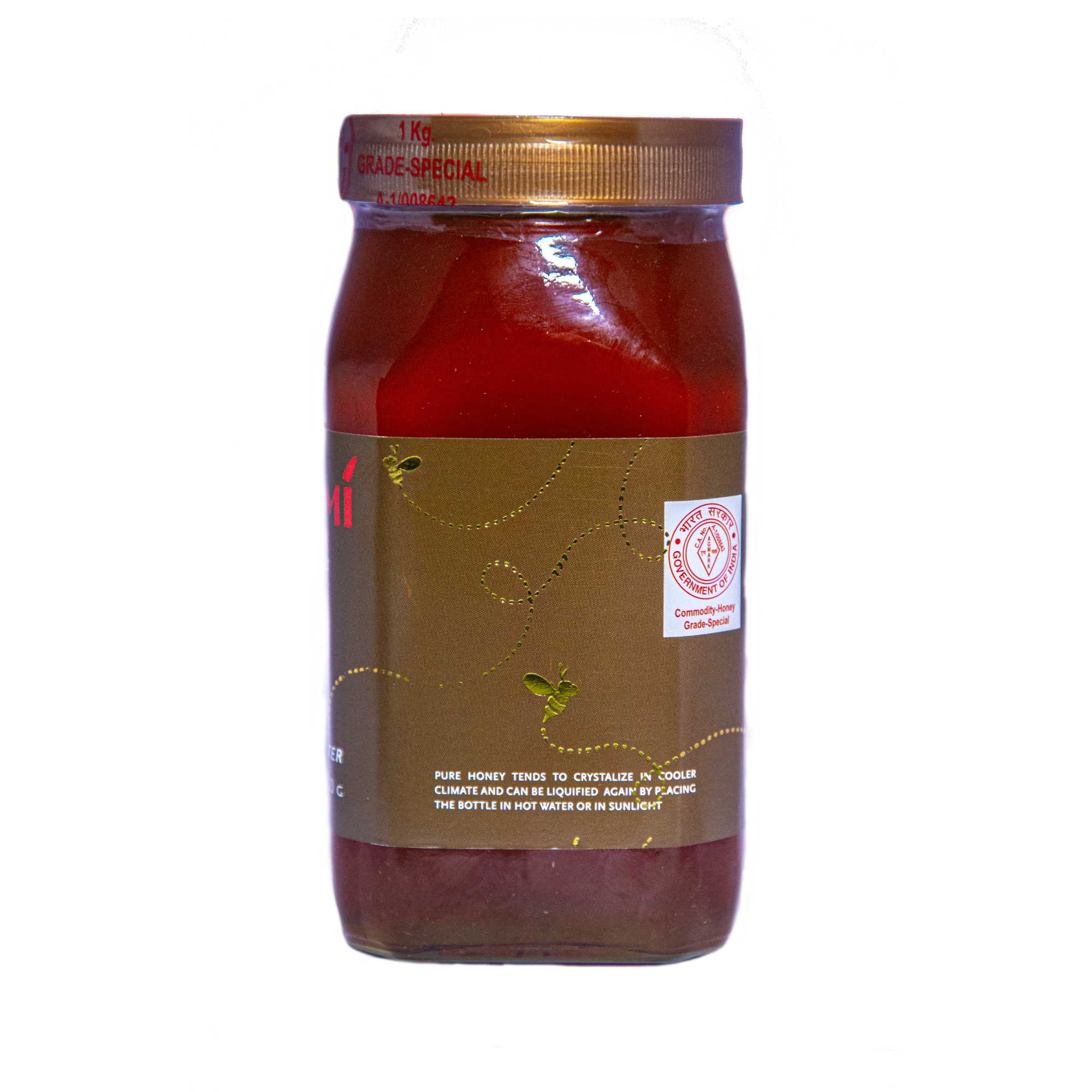
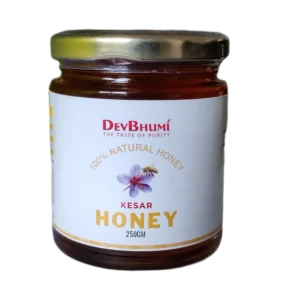
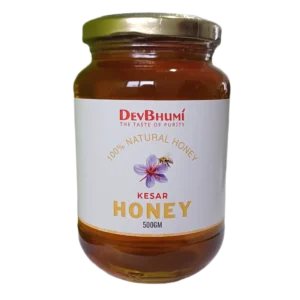

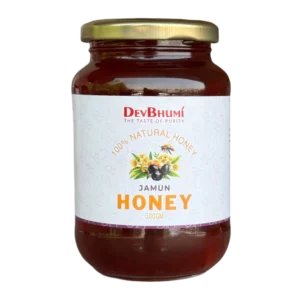
Reviews
There are no reviews yet.